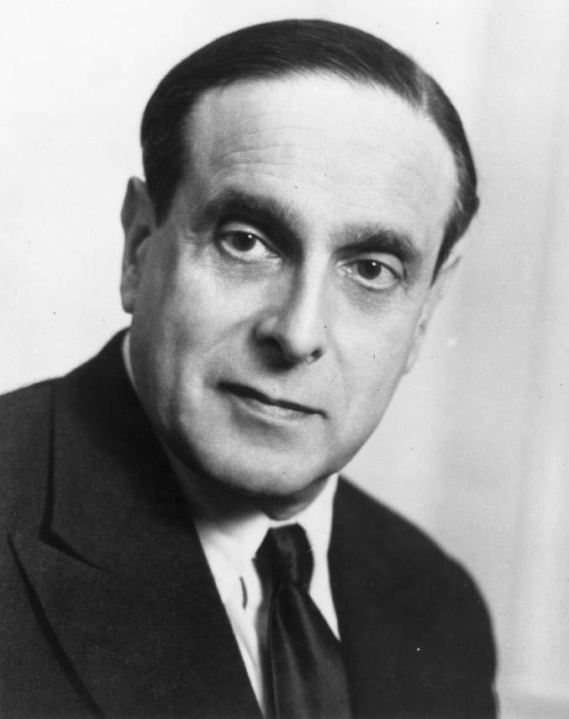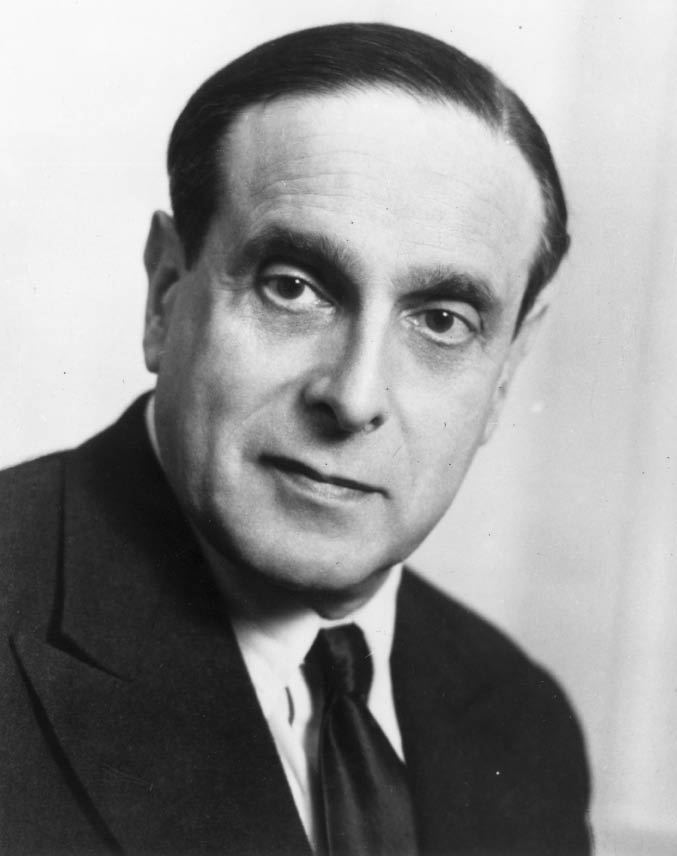At last, thirty years after his death, we have a proper biography of the enigmatic but inspirational banker Siegmund Warburg, extensively researched and beautifully written. Previous efforts fell short. A Man of Influence (1988), written by Jacques Attali, workaholic aide to President Mitterrand, showed a careless disregard for accuracy. The Warburgs (1993) by Ron Chernow contained a great deal of interesting information, including for the first time a public account of Warburg’s affair with the Russian prima ballerina, Danilova, but left the impression, in the words of his astute long-time partner, troubleshooter and friend Henry Grunfeld, that Siegmund Warburg was not a man you would want to meet. David Kynaston, author of an authoritative four volume history of the City of London from 1815 to 2002, wrote an excellent appreciation to mark the centenary in 2002 of Siegmund Warburg’s birth, but it was just sixty pages long in which it was hard to do full justice to such a wide-ranging life. More than half a dozen former members of his eponymously named merchant bank, S.G.Warburg & Co., (known as Warburgs) have published their memoirs, often revealing and sometimes amusing, but these were necessarily subjective and written in the context of their own careers.
The author is none other than Niall Ferguson, professor of history at Harvard and influential geopolitical and financial guru. He has had access to Siegmund Warburg’s voluminous private papers, of which he has made good use, often entertainingly, and has read widely: as evidenced by a twenty-one page bibliography. It’s his first pure biography, and it’s a blockbuster in which he has succeeded in bringing together the diverse strands of Warburg’s remarkable life in an illuminating and convincing way.
Warburg believed that the ideal banker was an all-rounder with an appreciation of literature and the arts, rather than a specialist immersed in financial matters. He once said that the most important things to him were, in order, human beings, books, the sun and music, and that money was of ‘utterly secondary importance’. Possessions meant little to him, with the exception of a well-stocked and lovingly assembled library in his house overlooking Lake Geneva.
He was an intellectual whose friendships included Isaiah Berlin, Henry Kissinger, George Steiner and Stefan Zweig, a classicist, a scholar of English and German literature, a collector and composer of aphorisms, a committed believer in graphology, and a pretty good amateur psychologist.
As a young man in Germany he had aspirations to be a politician, but these evaporated after he left his family’s bank in Hamburg to escape Hitler’s purges and came to England in 1934. In Britain, with his somewhat leftist leanings he became an unofficial adviser to Harold Wilson, under whose regime he was knighted, and was described as Wilson’s ‘financial Rasputin’. In later times he knew Ted Heath, whose handwriting he arranged to have analysed, and Margaret Thatcher, whom he praised for her fortitude, and he supported the moderate Conservative Bow Group.
Although never a true Zionist, Warburg was captivated by Israel on his first visit in 1959, but over time became highly critical of its leadership, especially Menachem Begin. He had meetings with Anwar Sadat in 1977, a year ahead of the peace treaty agreed between Begin and Sadat at Camp David, but was pessimistic of any long-term solution. He told me around that time that the Arab/Israeli conflict would never be settled in his lifetime, nor in mine. Niall Ferguson writes with a historian’s perspective in outlining the background to these political journeys, if perhaps rather fully at times.
Siegmund Warburg’s all-consuming passion, of course, was banking. His ambition was to restore the Warburg name to what he considered its rightful position following the Aryanisation of the Warburg bank in Hamburg under the Nazis. His attempts in Germany and the United States ended in disappointment, but in London he succeeded beyond any dreams. Warburgs became widely recognised as the leading merchant bank, and few would disagree with David Kynaston’s description of Siegmund Warburg as the outstanding figure of the City since the war.
Ferguson chronicles his visionary roles in the invention of the hostile take-over, the Eurobond market, inflation-linked government bonds, and even (this time in the United States) the leveraged buy-out. Thankfully, he stops just short of producing a corporate history of Warburgs — stories of takeover battles and money raisings of long ago can be boring. However, his accounts of various palace intrigues and of the main players in Warburgs, will be of interest to insiders, although it’s a pity there is so much focus on the British members of the firm, and so little on the enormous contributions to the development of Warburgs’ equally significant international business of Maurice Dwek in particular, and also the irrepressible Dutchman, Herman van der Wyck, and the Scottish Italian, Gian Luca Salina.
Niall Ferguson is at his best in describing Siegmund Warburg’s unique and complex personality, and treats all his personal relationships with sensitivity, especially his sometimes fraught one with his likeable son George. As an only child, son of a gentleman farmer and a powerful mother who instilled in him the virtues of self-criticism and of duty above all else, Warburg became a perfectionist, a chronic worrier and a profound pessimist. In his worse moments he was petulant, controlling, meddlesome, harshly critical of those who had disappointed him and given to explosive tantrums. These unattractive qualities were usually forgiven, however, because more often he was magnetically charming, a sympathetic listener, persuasive and an engaging companion who could be very funny. He was always considerate and generous, and his tipping was legendary. Whenever he left the old Drake Hotel in New York countless members of the hotel staff, briefed in advance, made timely appearances in the lobby as Warburg doled out dollar bills of various denominations indiscriminately to all and sundry, including several rather surprised hotel guests.
Warburg was undoubtedly attractive to women and so it is no surprise to learn of amorous liaisons during his bachelor days in Hamburg and Berlin in the 1920s. He was later to have an enduring and loving relationship with his delightful wife, Eva, but Ferguson suggests that his relationship with his favourite graphologist was more than just a professional one.
Warburg taught a way of thinking and dealing with business problems based on a conviction that it was people who were more important for any enterprise than properties, technology or balance sheets, with which he had only a passing familiarity. He strongly disliked arrogance, complacency, conspicuous displays of wealth, ‘wishful non-thinking’, mediocrity, self-advertisement, ostentatious dress and bad writing style. (He also despised ‘stupid cocktail parties’, all sports and his bank’s asset management business.) He would have been horrified by those bankers today who put transactions above relationships and their own interests ahead of their clients’. His uncodified set of rules became a way of life for those of us who worked for him, and I may not be the only alumnus who still asks himself in any new or unusual situation, ‘how would Siegmund react to this one?’







Comments